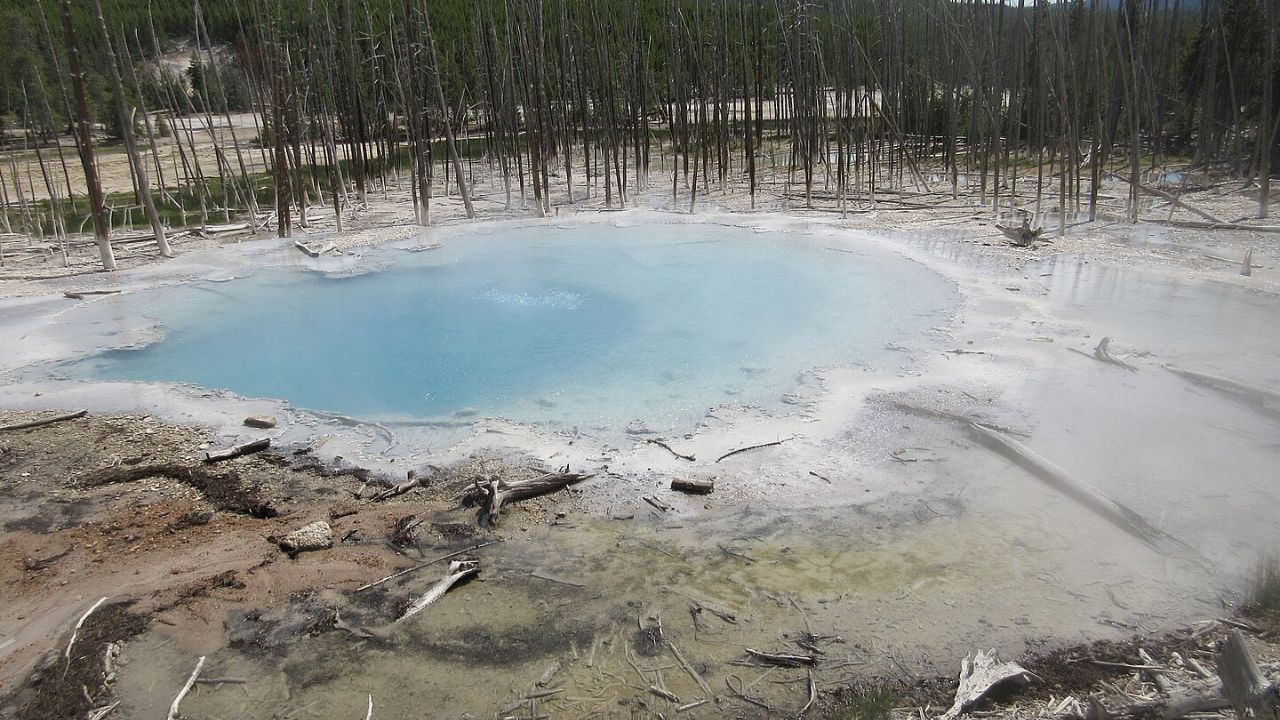Underground worlds wait beneath pine forests, deserts, and lakes, where stone grows drip by drip and darkness carries a hush that settles the mind. American caves range from cool lava tubes to gleaming marble rooms, each with a steady climate and a history measured in water and time. Guided routes keep fragile formations safe, while simple paths make the geology easy to see. The stops below favor access, variety, and a sense of wonder that lingers long after daylight returns.
Mammoth Cave, Kentucky
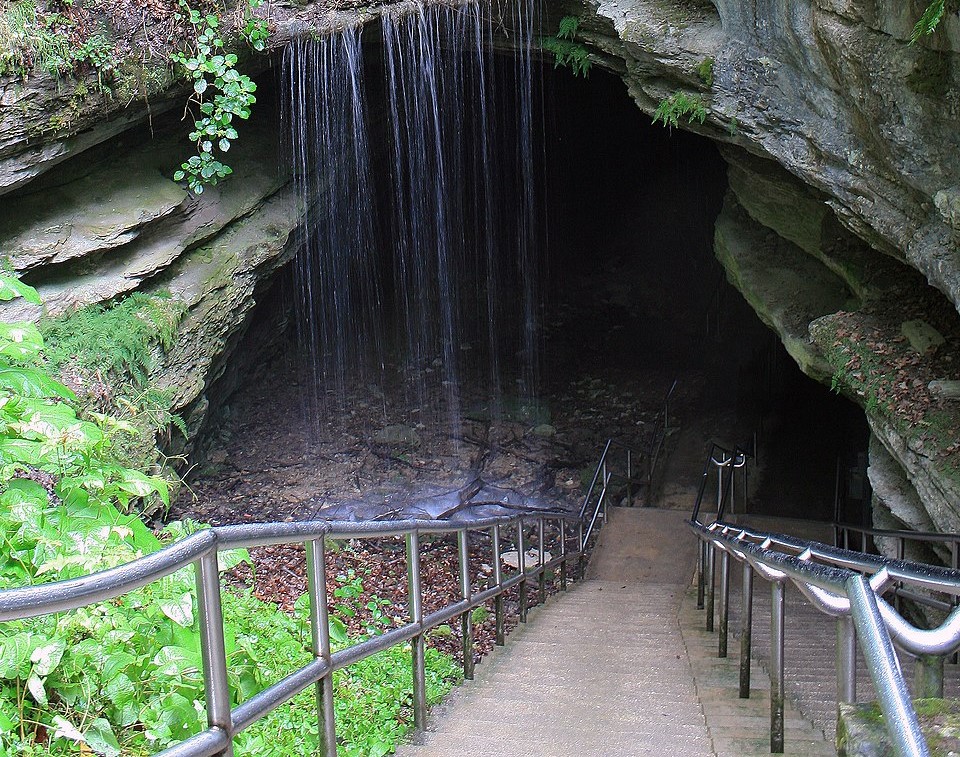
Mammoth Cave holds the world’s longest known cave system, a labyrinth of dry passages, domes, and dripstone rooms threaded by prehistoric footprints and nineteenth century lantern routes. Park tours span easy strolls to stair filled circuits that reveal gypsum flowers and echoing canyons. Constant cool air and a steady hush make the walk feel older than maps. Bats roost overhead, saltpetre vats sit silent along the walls, and every turn reminds visitors how much remains unmapped below the hills.
Carlsbad Caverns, New Mexico

Carlsbad Caverns opens with a natural entrance that spirals into the earth, then unfurls the Big Room, a chamber so vast that stalagmites rise like distant towers. Ranger led routes reach the King’s Palace, where delicate soda straws and draperies shine under soft light. Summer evenings add the spectacle of thousands of bats swirling into the sky at dusk. Elevators return daylight quickly, yet the memory that sticks is the scale, a cathedral carved by ancient water and time.
Kartchner Caverns, Arizona

Kartchner Caverns is a living cave, warm and humid, where formations still grow with each steady drip. Carefully managed tours protect fragile soda straws, shields, and a soaring throne room while sharing the cave’s discovery by two cavers who kept its secret for years. Lighting stays gentle to prevent algae, paths are smooth, and interpretive stops explain how mineral rich water builds stone lace. The result feels intimate and alive, a rare chance to see geology mid sentence.
Ape Cave, Washington
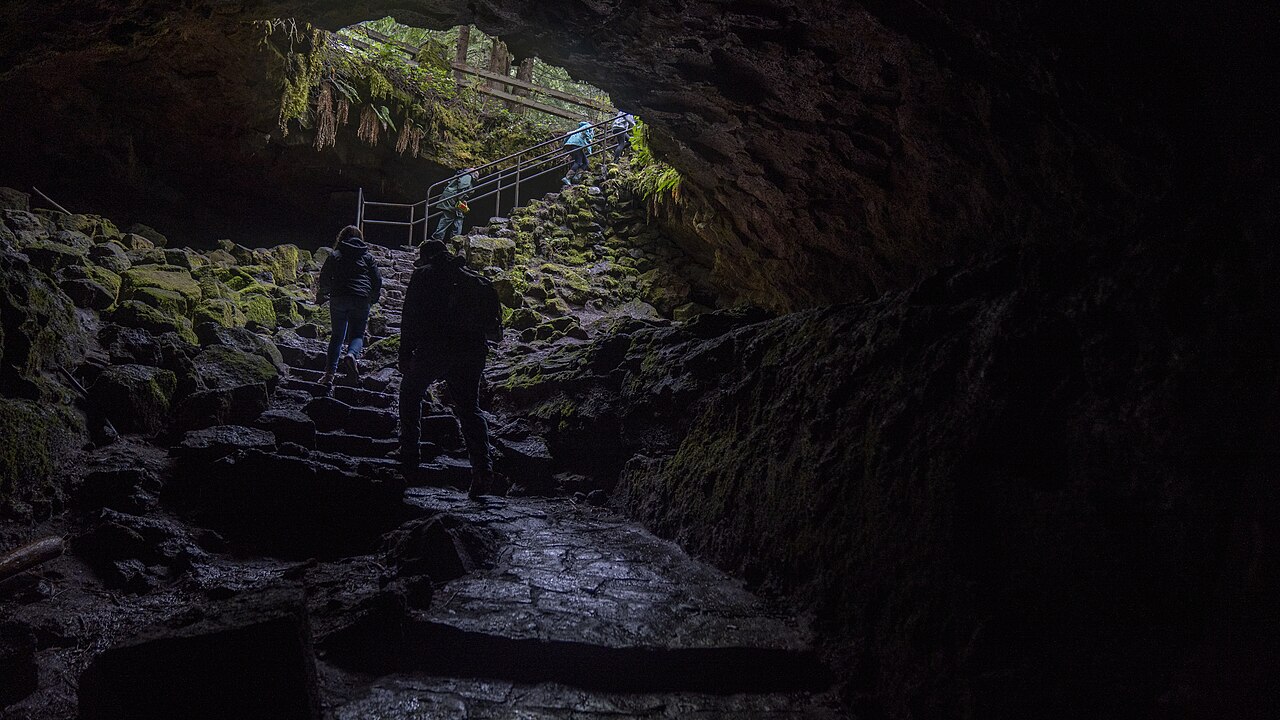
On the flank of Mount St. Helens, Ape Cave runs as a long lava tube formed by a flowing river of basalt that cooled to hard walls and a hollow core. The lower section offers an even floor and quiet glow, while the upper route demands scrambling over boulder piles and negotiating one tall lava fall. Temperatures sit in the forties year round and darkness is complete without lamps. The experience reads like a lesson in volcanic plumbing, spare and striking.
Lava River Cave, Oregon
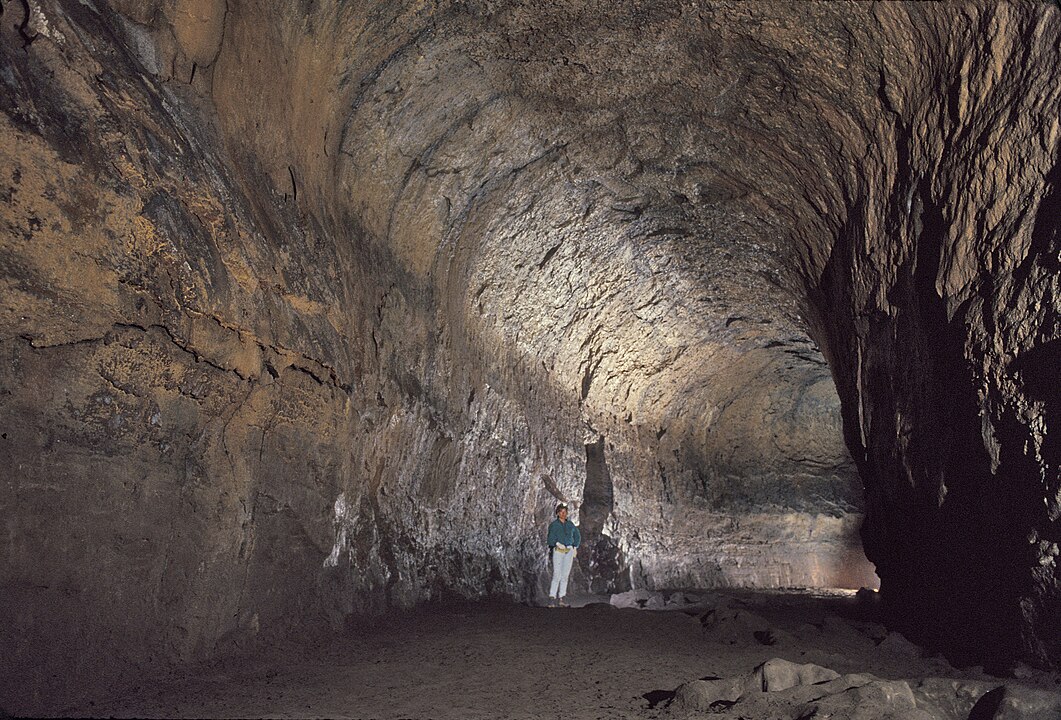
South of Bend, Lava River Cave descends by stairs into a mile long tube that tracks a cooled lava stream in one dark arc. The floor is mostly level, though uneven in places, and the ceiling varies from low corridors to broad vaults. A steady forty two degrees keeps the air crisp in all seasons. Lanterns swing in gentle light, revealing rippled walls and the occasional skylight window overhead. It is a simple, powerful walk that makes volcanic time feel close.
Lava Beds National Monument, California
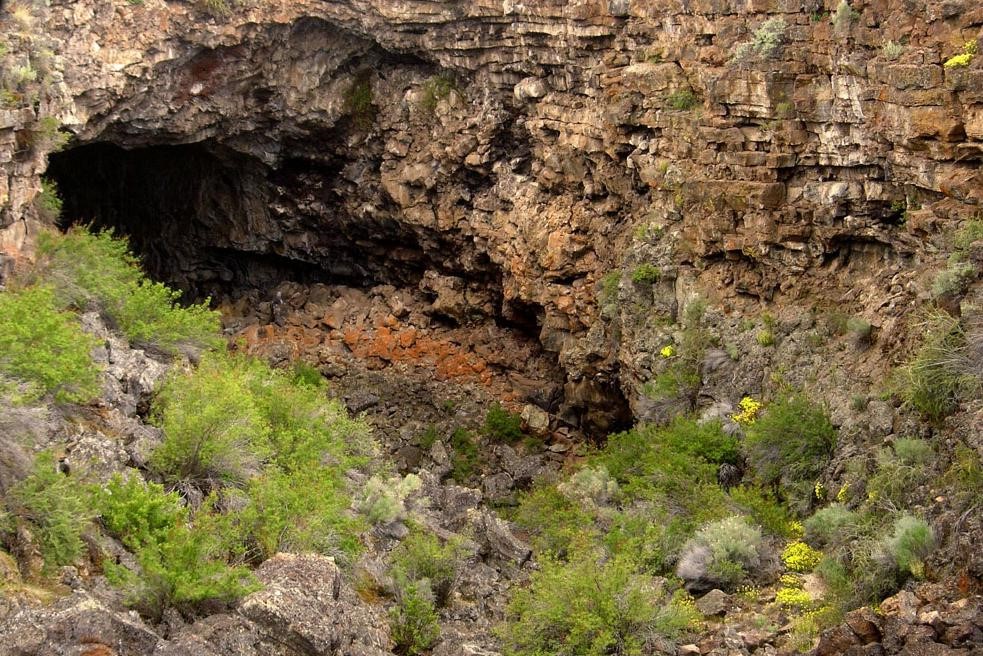
Lava Beds spreads a field of more than 20 accessible tubes across sage and juniper, from short, bright walk throughs to long, pitch dark crawls with names that hint at surprises. Helmets and lights matter here, since ceilings dip and floors break into sharp clinker. Above ground, historic battle sites and petroglyphs widen the story. Below ground, chilled air and echoing steps turn each cave into a different chapter in the same volcanic book.
Luray Caverns, Virginia

Luray Caverns presents classic limestone grandeur, with tall columns, mirrored pools, and a hall where a pipe organ gently taps stalactites into music. Paved walkways and soft lighting make the formations easy to study, from delicate curtains to massive pillars that seem to hold the ceiling. The air sits mild, tours move at a thoughtful pace, and the scale grows room by room. The effect is generous and theatrical without feeling rushed or noisy.
Blanchard Springs Caverns, Arkansas

In the Ozarks, Blanchard Springs blends Forest Service care with grand chambers like the Cathedral Room, a space filled with towering columns and flowstone draperies. Multiple tour routes match different comfort levels, and elevated walks keep delicate floors protected while offering clear views into pools and rimstone dams. Above ground, a spring gushes from the hillside, linking the cave to the valley’s green. Underground, the story is slow water and bright mineral, calmly told.
Jewel Cave National Monument, South Dakota
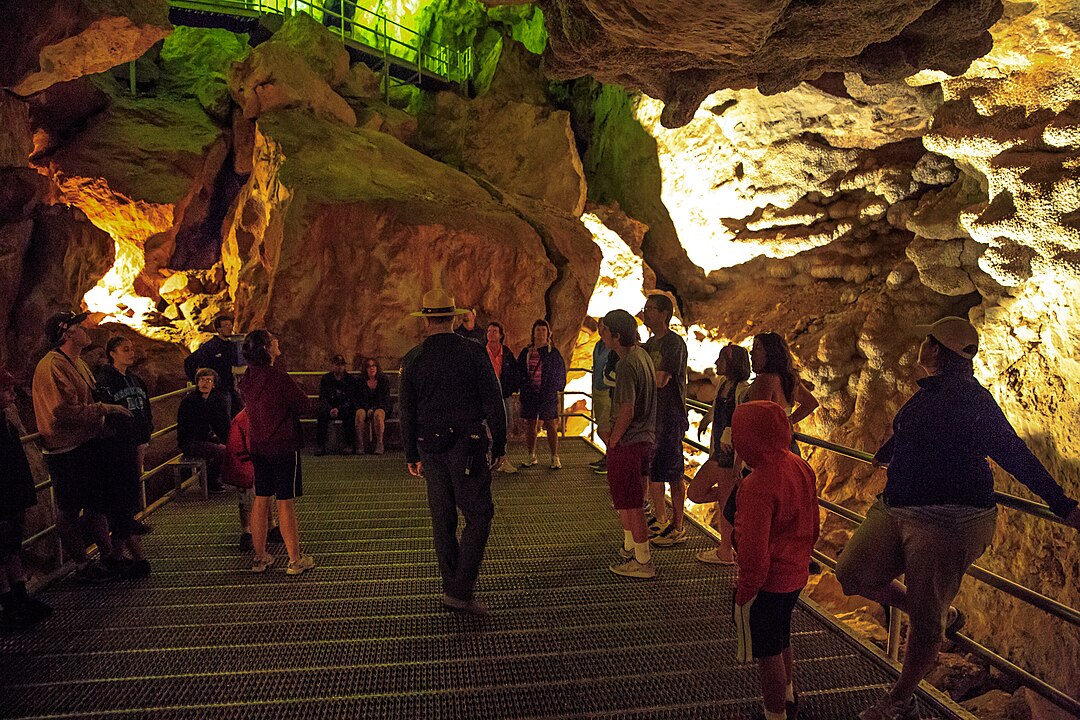
Jewel Cave takes its name from sparkling calcite crystals that coat walls and ceilings like frost. Elevators carry visitors deep, where ranger led trips thread through narrow canyons and large rooms lined with dogtooth spar and rare hydromagnesite balloons. Airflow hints at miles yet to be mapped. The geology feels both intricate and vast, a combination of glittering detail and big scale that justifies the name without a hint of excess.
Lehman Caves, Nevada

Inside Great Basin National Park, Lehman Caves shelters rare shields that look like stone parasols, along with helictites that twist against gravity and smooth flowstone in warm colors. Tours share the cave’s early show era and its careful restoration, then point out small features that reward patience. Outside waits bristlecone forest and high desert sky, yet the draw remains the quiet rooms below. The cave feels personal in scale, a series of galleries crafted by slow drip.
Natural Bridge Caverns, Texas

Near San Antonio, Natural Bridge Caverns drops into large, richly decorated rooms where soda straws, stalactites, and flowstone cascade in layered textures. Modern lighting reveals detail without glare, and guided routes fit a range of comfort levels, including an adventurous crawl for those who want a closer look at new passages. The surface karst arch that lends the name remains above, a reminder that the ceiling in one world becomes the landmark in another.
Howe Caverns, New York
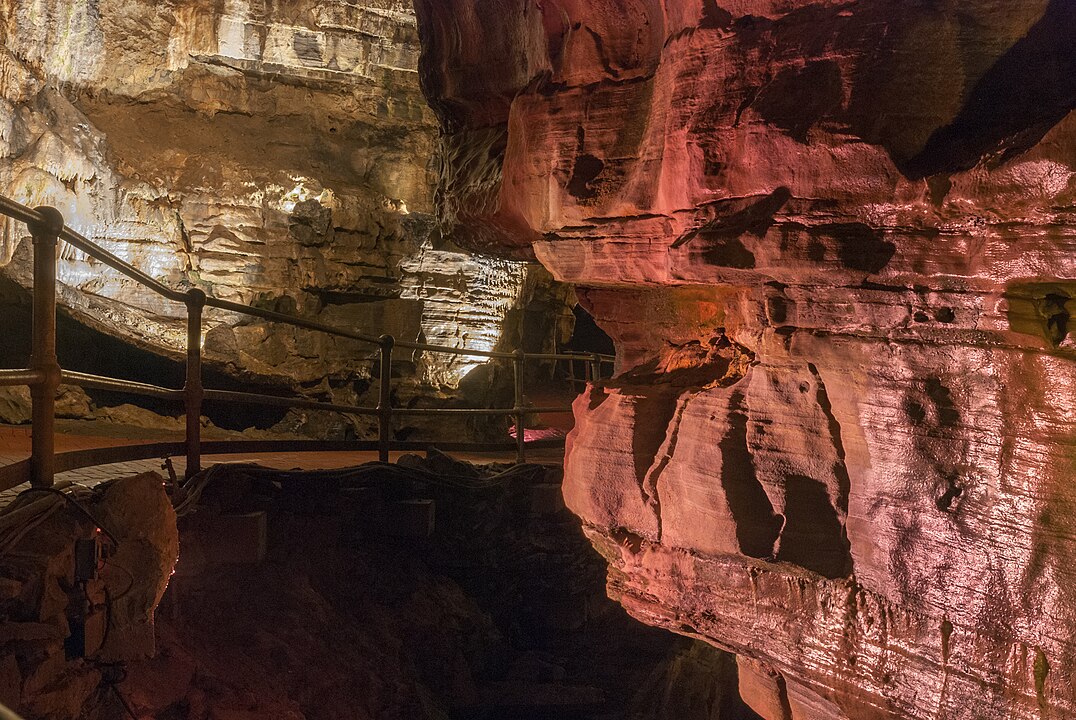
Howe Caverns carries visitors by elevator into cool air and smooth corridors, then surprises with a short boat ride on an underground lake. The tour weaves past towering columns and winding passages, sharing nineteenth century discovery stories alongside geology. The route feels classic, with tidy railings and steady lighting that keeps the focus on the stone. It is a Northeastern staple that still delivers the quiet thrill of moving water and echoing chambers.


